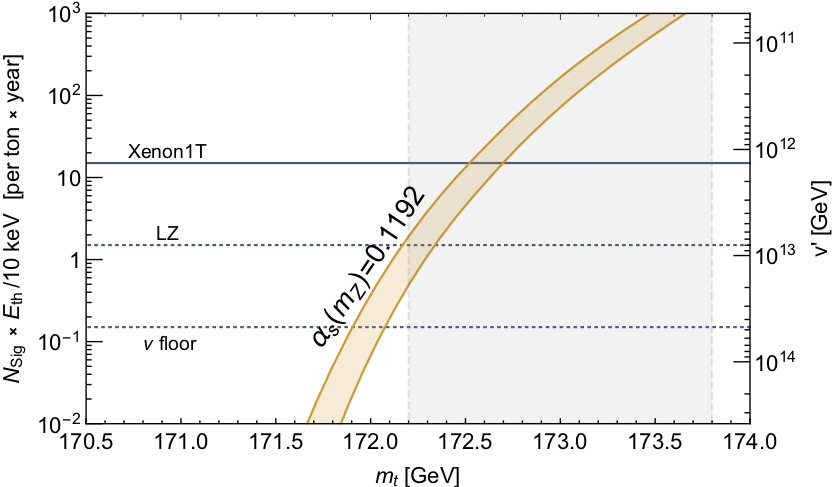
I am a theoritical particle physicist. I am paticularly interested in the strong CP problem, axion cosmology, dark matter, grand unification, electroweak symmetry breaking and inflation.

It is expected that CP symmetry is violated in the strong interaction. Non-observation of the neutron electric dipole moment shows that the CP violation is extremely small. The QCD axion explains the smallness of the CP violation and is also a good dark matter candidate. I study cosmological evolution of the QCD axion.
 |
Axiogenesis The rotation of the QCD axion field (black marble) around its potential during the earliest moments of the universe can generate the excess of matter (colored marbles) over antimatter, allowing galaxies and humans to exist in an otherwise-empty universe. |
 |
QCD Axion Dark Matter with a Small Decay Constant The QCD axion can be abundantly produced by parametric resonance in the early universe. As a result, the QCD axion can explain the observed dark matter abundance in the mass range where the conventional mechanisms struggle. The QCD axion produced in this way may have non-negligible velocity and change the stroncture formation in the early universe. |
It is known that the Higgs potential flattens at very high enery scales. My collaborators and I found a new explanation to the flatness of the potential based on a symmetry which we call Higgs Parity and its spontaneous breaking. The symmetry breaking scale is predicted as a function of the standard model parameters such as the Higgs mass, the top quark mass, and the gauge coupling constants.
 |
Implications of Higgs Discovery for the Strong CP Problem and Unification Higgs Parity leads to a new scheme of gauge coupling unification and a solution to the strong CP problem. Successful gauge coupling unification requires that the Higgs Parity symmetry braking scale is in a certain range, and hence the standard model parameters are predicted. |
 |
Higgs Parity, Strong CP, and Dark Matter A class of Higgs Parity predicts a dark matter candidate whose mass is proportional to the Higgs Parity symmetry breaking scale. Higgs Parity constrains the structure of the theory, so that the interaction strength of the dark matter candidate with nucleons are fixed. As a result, the dark matter direct detection rate is predicted as a function of standard model parameters. |